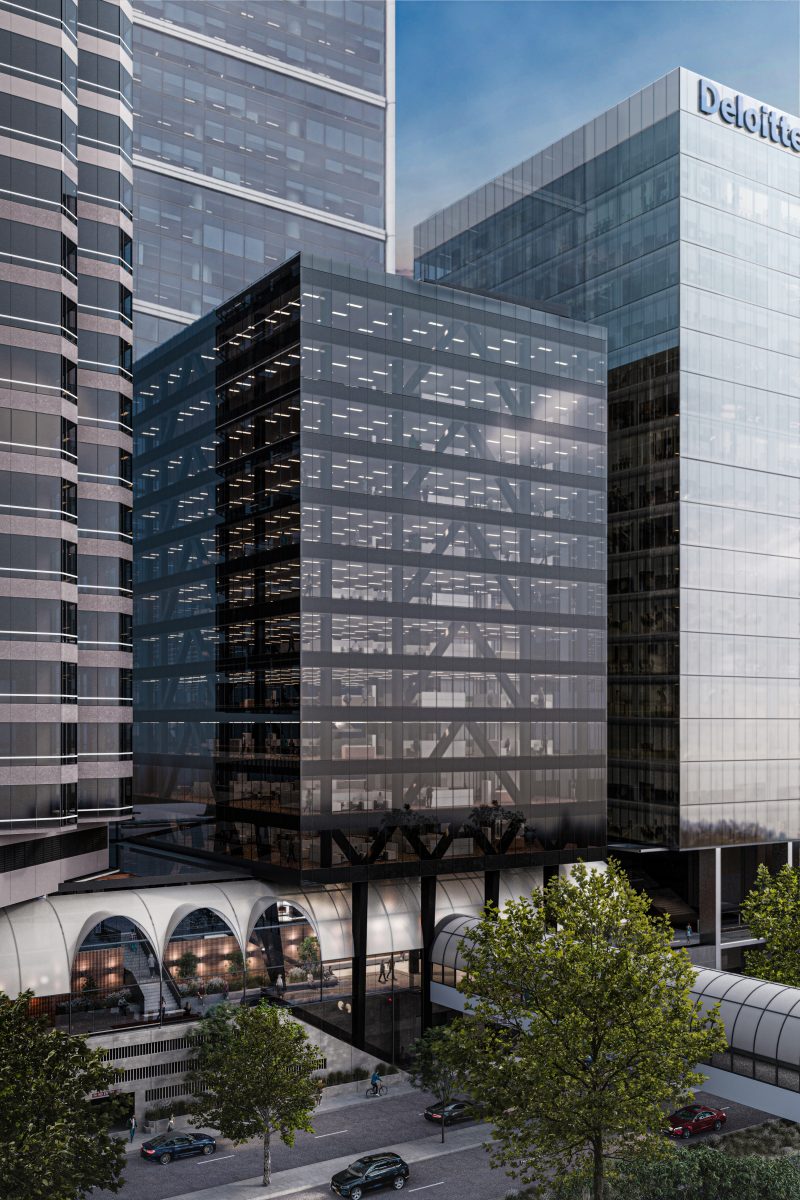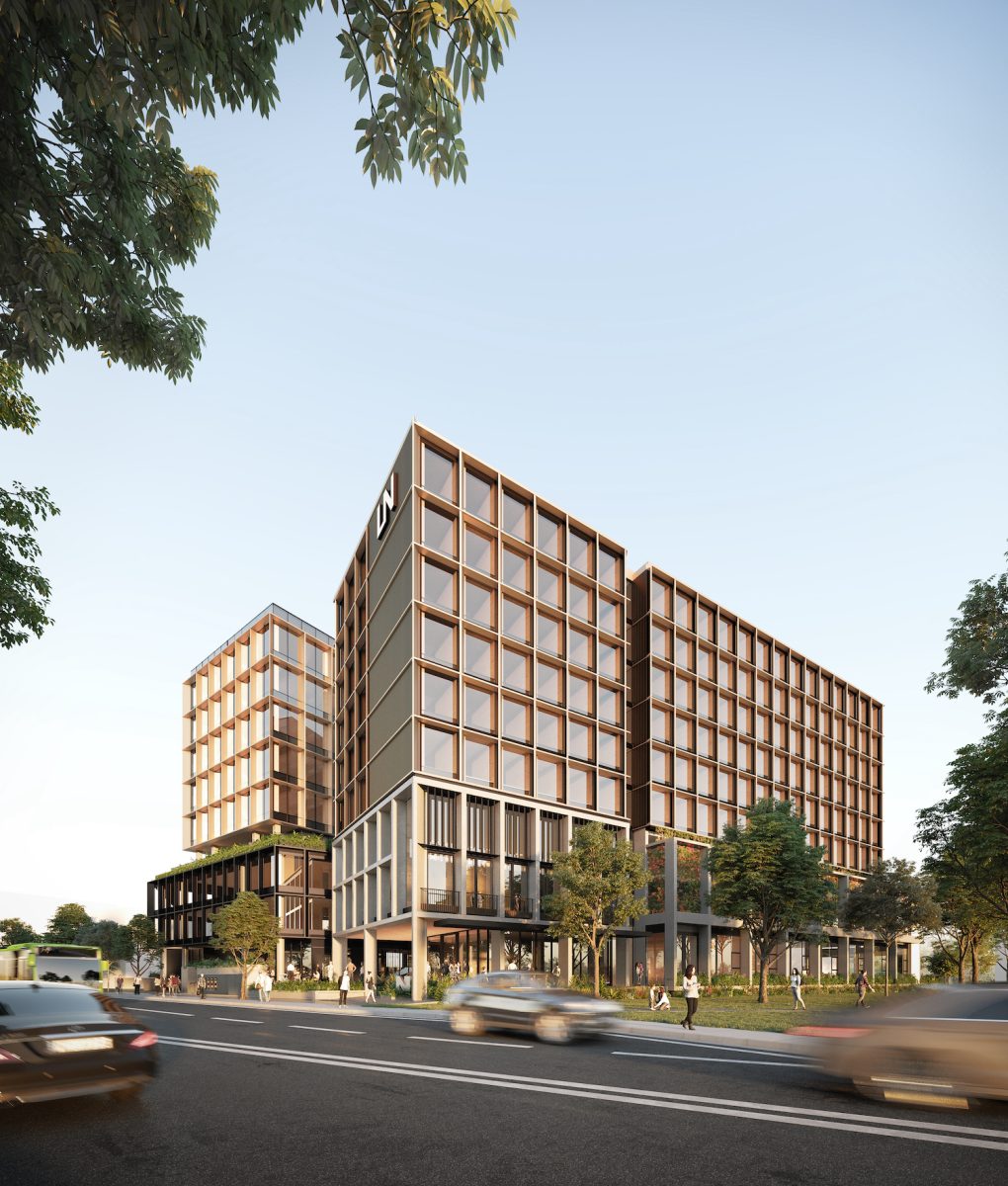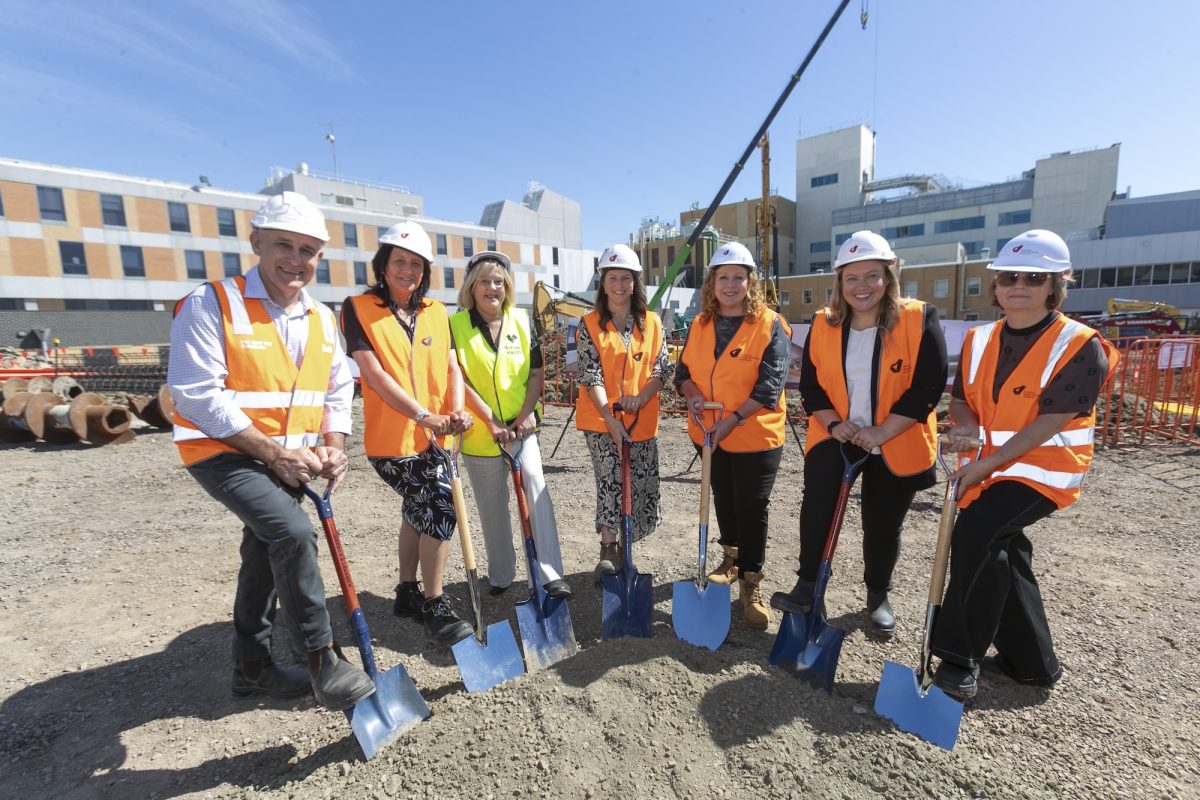Carbon solutions lie with tall timber
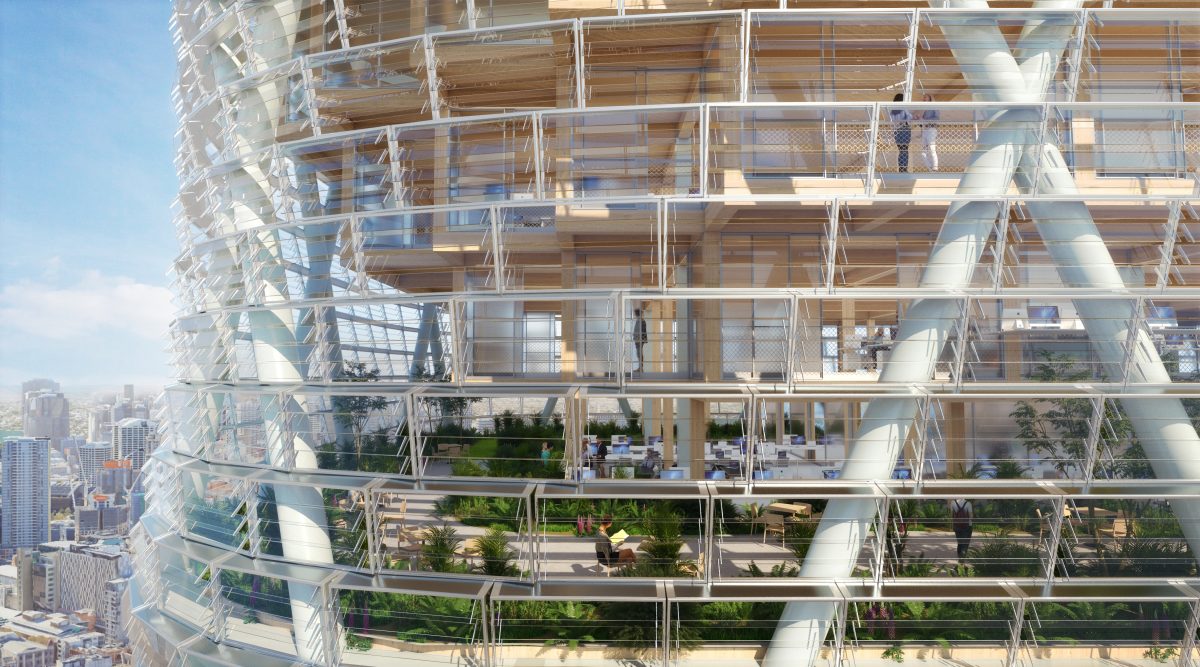
When it comes to reducing the energy intensity of buildings, turning out the lights and easing up on the air conditioning will only go so far. Ultimately, reducing the carbon footprint of the property sector is all about addressing the carbon locked in the structure when it’s built in the first place.
According to the World Green Building Council, 39 per cent of total global carbon emissions derive from buildings. Of this portion, 11 per cent is the ‘embodied’ carbon from mining, manufacturing and transporting the materials and construction itself.
One solution – timber buildings – is fast gaining popularity both locally and globally.
The idea of chopping down trees seems counter-intuitive, given the role of trees as carbon sinks (as they grow, they sequester carbon).
But the carbon equation of using timber makes more sense given steel and concrete are two of the most carbon-intensive materials to manufacture.
Of course, the timber is obtained from sustainable sources, typically young plantation trees with the carbon retained in the wood’s cellular structure.
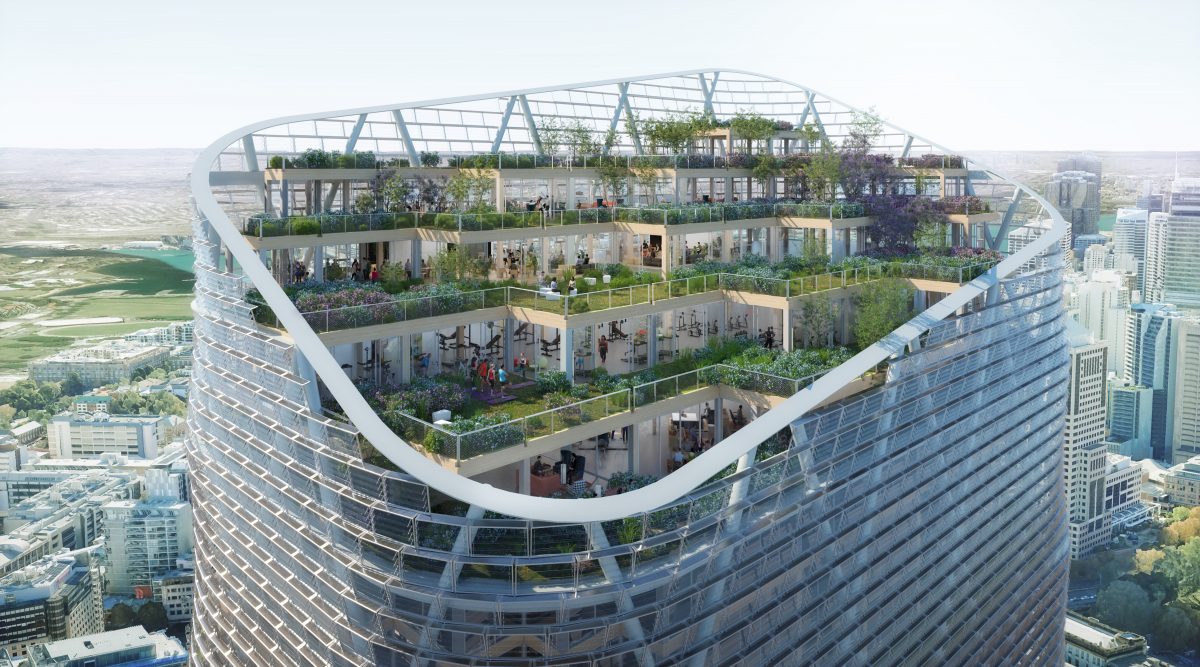
In partnership with Dexus, Atlassian is planning a 39-storey hybrid timber office tower adjacent to Sydney’s Central Station, part of the NSW government-backed Tech Central redevelopment of the precinct.
The project will target 50 per cent less embodied carbon and 50 per cent less ongoing energy consumption, and operate using 100 per cent renewable electricity.
The project is vaunted as the world’s biggest hybrid timber building – but perhaps not for long. Over in the west, Grange Developments is seeking permission to build a 183-metre-high residential hybrid timber tower in Charles Street, South Perth.
Not to be outdone, Milligan Group is in the early stages of planning a 220-metre structure in Sydney’s CBD, on the corner of Hunter and Pitt Streets.
Meanwhile, Perth’s first-ever hybrid tower, the 11-storey Westralia Tower II on St Georges Terrace, is under construction.
Timber buildings may sound a bit medieval and an outdated material for skyscrapers. But, in reality, the woods are highly engineered products such as cross-laminated timber (CLT) and glue-laminated timber (GLT), which have the strength to be used as structural members in towers.
Known as ‘jumbo plywood’, CLT consists of layers of timber (lamellas) glued together, with the grain patterns alternating to imbue the same strength as pre-cast concrete panels.
The biggest supplier of CLT in Australia and New Zealand by volume, XLam has led the adoption of mass timber in both high-rise and conventional sectors.
“We are working with the supply chain for green solutions. For instance, Built has been working closely with [building material providers] Boral and Holcim to use reduced-cement concrete mixes.”
— Joe Karten, Built head of sustainability and social impact
“The strong interest in timber is being driven by a push for greater sustainability in construction, as well as interest in building products and methodologies that improve safety and efficiency,” says XLam technical manager Jacqui Bates.
She says that at 20 per cent of the density of concrete, wood offers significant weight reduction advantages relative to traditional materials.
“This allows for savings to be made on other structural elements such as slabs and frames, enabling applications such as vertical extensions on existing buildings and greater quantities of material on softer ground.”
Green Building Council of Australia (GBCA) chief executive Davina Rooney notes that upfront carbon accounts for 16 per cent of the country’s total building emissions. But as the electricity grid decarbonises, this will rise to 85 per cent if nothing is done.
“These are the hard-to-abate emissions, which means we have to be even more focused on what we are building our buildings with,” she says.
“In this context, it’s exciting to see the development of net zero buildings of scale. These projects set us up to capture the whole carbon impact of a building, including the up-front emissions or the embodied carbon.”
According to construction group Built, which is involved in both the Atlassian and
Westralia Tower II projects, using such “mass” timber can reduce embodied carbon by up to 80 per cent.
Built’s head of sustainability and social impact, Joe Karten, says while timber will play a key role in reducing embodied carbon, the solution requires a more multipronged approach.
“We are working with the supply chain for green solutions,” he says. “For instance, Built has been working closely with [building material providers] Boral and Holcim to use reduced-cement concrete mixes.
“Another option is using ‘green’ steel made from predominantly scrap metal and renewable energy in electric arc furnaces, rather than energy-intensive blast furnaces.”
An age-old answer lies in refurbishing and re-adapting old buildings, rather than demolishing them and starting all over again.
Built has worked on a number of building refurbishment projects that have retained the original structures while introducing modern workplaces.
In the case of 20 Martin Place, in Sydney, the office tower was stripped back to 5500 tonnes of bare steel structure, resulting in 40 per cent less embodied carbon relative to a ‘knock-down’ rebuild.
Sydney’s AMP’s Quay Quarter Tower also was re-developed using the same principles.
At SubStation No.164 in Clarence Street, in Sydney’s CBD, an “adaptive re-use” of two heritage buildings saw the adoption of pre-loved steel, brick and timber form in the lower section of the building, with a new extension above. This reduced embodied carbon by 21 per cent compared with a totally new structure.
The GBCA’s Rooney says the large-scale projects ultimately will drive market transformation for the rest of the sector and the wider community.
“Ultimately, it will change the nature of concrete that Bunnings sells to mums and dads.”
And timber towers are not just in the cities but also in the regions and suburbs. Doma Group is developing a new mixed use precinct at 42 Honeysuckle Drive that will incorporate timber construction as the first hybrid timber tower in Newcastle which Built is also constructing.
This article was first published on 15 July 2022 as Carbon solutions lie with tall timber by the Australian Financial Review and has been published with their permission.
